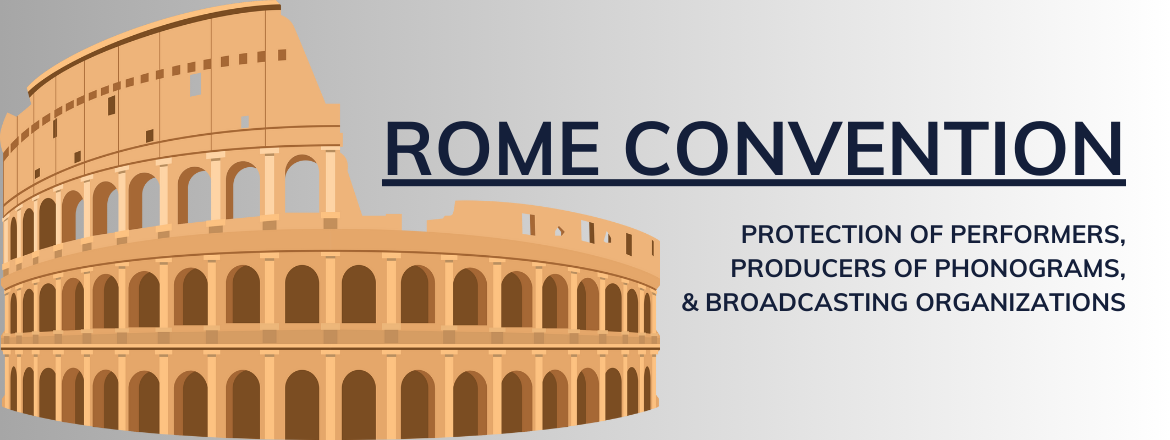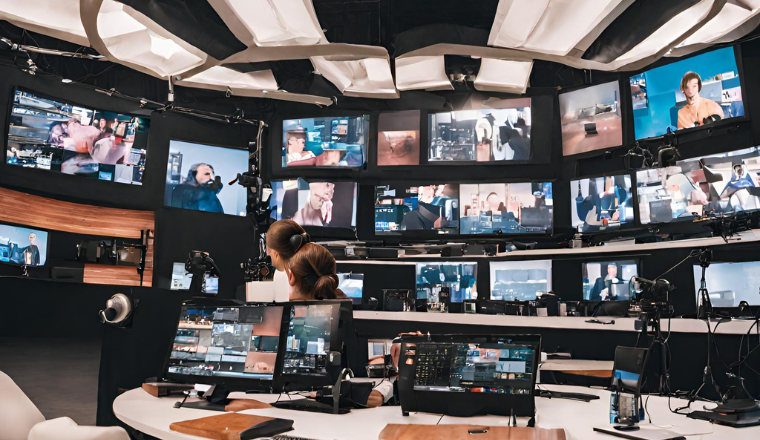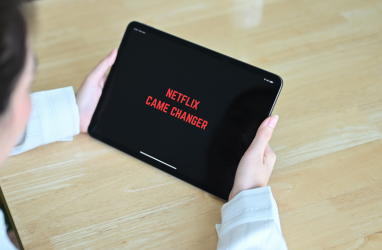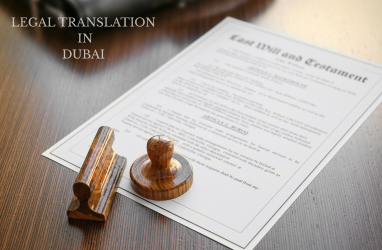-
Broadcasting Organizations' Authority
Broadcasting organizations enjoy a number of unique privileges, including the ability to allow or prohibit rebroadcasting, fixation, copying, and general distribution of television broadcasts.
The adaptability of domestic law allows governments to modify the application of these rights to their legal frameworks.
-
Minimum Protection and Duration
The Rome Convention stipulates a minimum duration of protection of at least twenty years, commencing with the end of the year in which the fixing, performance, or distribution physically took place. Notably, national laws have been progressively shifting towards a 50-year term of protection, particularly for phonograms and performances.
This enhanced and extended protection reflects a recognition of the enduring value of creative works, despite its intangible nature, while also seeking to balance the interest of IP Rights holders.
-
Exceptions and Reservations
In addition to safeguarding intellectual property within the realms of artistic expression, the Rome Convention has incorporated flexible exceptions that allow all Contracting States to integrate exemptions into their domestic legislation(s). The treaty allows governments to offer exclusions for private use, current event reporting, teaching, or scientific study, as well as the power to apply local constraints akin to those applicable to copyright protection.
Furthermore, the treaty empowers contracting states to make declarations clarifying the scope and terms of applicability of certain treaty articles, allowing the convention's provisions to be tailored to further complement the legal landscape of an individual nation.
Conclusion
The Rome Convention is fully aligned with the preservation of a diverse medium of creatively produced media and theatrical arts professions and organizations, all the while regulating illegal acts such as broadcasting, fixation, and duplication.
Key articles in the treaty provide attachment points for performers, record corporations, and broadcasting firms, thereby unifying international protection. The rights of performers, the exclusive rights of phonogram manufacturers, and the authority of broadcasting organizations are meticulously detailed, emphasizing a harmonious balance between the interests of rights holders and the enduring value of creative works.
Abou Naja Intellectual Property strategically leverages the Rome Convention's opportunities, with creative producers and professionals continually enhancing their capacity to protect and administer intellectual property for the safeguarding of their artistic expressions.
As thought leaders, we advocate for robust protection methods in the ever-changing intellectual property landscape. Contact us today at [email protected] for comprehensive intellectual property solutions and a complimentary consultation. Your creative assets deserve the utmost protection, and we are here to ensure they thrive in the dynamic world of business and intellectual property.
Frequently Asked Questions
What is the Rome Convention, and when was it established?
The Rome Convention, established on October 26, 1961, is a global treaty addressing copyright regulations for artistic performances, phonograms, and broadcasts.
How many contracting parties does the Rome Convention have?
As of August 2021, the Rome Convention has 96 contracting parties, underscoring its international significance.
Which organizations oversee the Rome Convention's implementation?
The Rome Convention is governed by WIPO, with collaboration from ILO and UNESCO, maintaining adaptability in intellectual property rights.
Who benefits from the Rome Convention's protection?
The Rome Convention protects a diverse range of artists, performers, musicians, and broadcasting institutions, regulating acts like broadcasting, fixation, and reproduction.
What are the attachment points specified by the Rome Convention?
The Convention establishes attachment points for performers, phonogram manufacturers, and broadcasting companies, ensuring consistent protection among Contracting States.
What rights do performers have under the Rome Convention?
Performers receive protection for live artistic expressions, managing broadcasting, fixation, and reproduction rights, empowering them and ensuring fair compensation.
What exclusive rights do phonogram producers hold?
Phonogram producers have exclusive rights to authorize or prohibit reproduction, with protection across international borders as per the Rome Convention.
What authority do broadcasting organizations enjoy?
Broadcasting organizations can allow or prohibit rebroadcasting, fixation, copying, and distribution of television broadcasts, with adaptability to domestic law.
What is the minimum duration of protection under the Rome Convention?
The Rome Convention stipulates a minimum duration of at least twenty years, reflecting a balance between the interests of IP Rights holders and the enduring value of creative works.
Are there exceptions and reservations under the Rome Convention?
Yes, the Convention allows for flexible exceptions, including private use, current event reporting, teaching, or scientific study, with the ability for Contracting States to make declarations.





